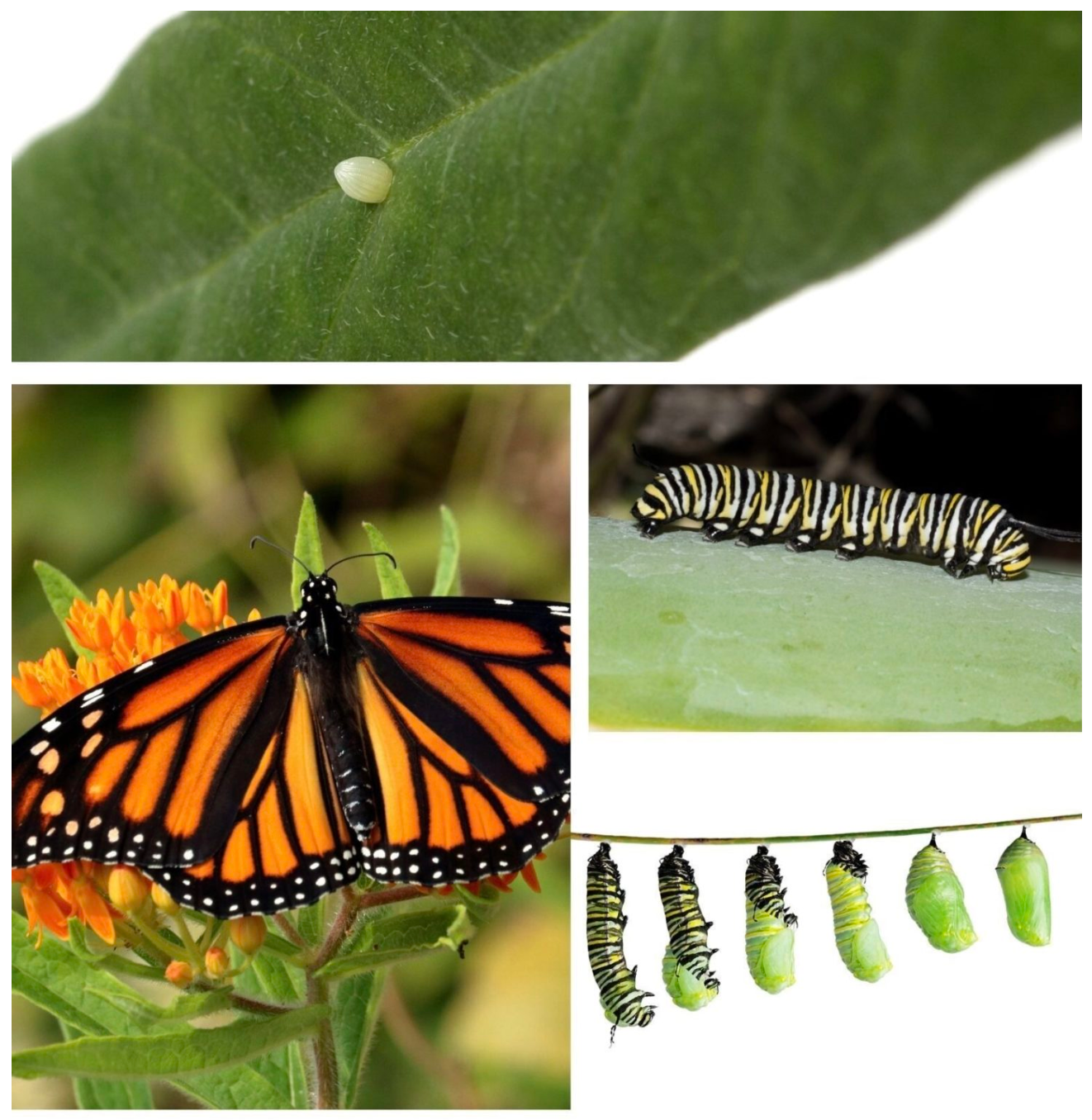
Monarch Caterpillar Care Tips
“MONARCH,” THE KING OF BUTTERFLIES.
In the past 20 years, the monarch butterfly population has declined by 80%. Headlines have called it the “Insect Apocalypse” because this rapid decline is also occurring with many insect populations. The reason is largely driven by the fact that today’s agricultural landscape is about 50 times more toxic to insects than it was 25 years ago.
Bower & Branch is part of the solution growing our native milkweed neonicotinoid and chemical-free with our certified growers leading the way to better our ecosystem. Learn more on how to be a part of the change by planting native milkweed and restoring the Monarch population.
Helpful Tips
-It is easy to attract Monarchs to your yard. Just plant it, and they will come. Female Monarch’s can smell Milkweed from a far distance away, and chances are that there is one close enough to smell it, visit, and lay eggs.
– On the Trail of Monarch Eggs? A Monarch is in the egg stage for 3-8 days. You can usually find the eggs on the underside of the leaves, though sometimes they can be seen on the stems or flower buds as well. About the size of a needle head, the eggs are tiny! So it is important to be very careful when handling Milkweed plants so you don’t accidentally crush the eggs.
– Nothing is wasted in nature! Once the eggs hatch, they immediately eat their shell. A Monarch is a caterpillar for 7-17 days, and an obvious early sign of baby caterpillars is how they begin to prune your Milkweed leaves.
– Make sure to plant multiple of the same Milkweed plant for your very hungry caterpillars to flourish, and the reward of a gorgeous butterfly garden!

CATERPILLAR CARE:
If you are outsourcing caterpillars, it is crucial for their health to know what type of Milkweed they were feeding off of before. Was it Swamp Milkweed or Showy Milkweed, etc.? Their food source must stay consistent in order for them to survive.
Though Monarch Caterpillars only feed off Milkweed, they are only tolerant of its toxins. They can suffer if exposed to higher concentrations of these toxins because all Milkweeds are not equal. Research has shown the chemical profiles in their sap are not the same across all species.
When trying to raise Monarch Caterpillars, it is best to continue feeding them what they were found on. It’s best to feed them from plants that aren’t being continually clipped over time. The clipping can cause the plants to raise their level of toxicants, thus harming the caterpillars’ health.
IMPORTANT NOTES:
-
It is not recommended that you raise thousands of Monarchs; having over-crowded conditions will foster disease.
-
Monarch caterpillars are voracious eaters, and if they run out of food, they will die. You can’t have too much milkweed around when you’re raising Monarchs. It is recommended that you’ll need one milkweed plant for each caterpillar.
-
Neonicotinoids, Pyrethroids, and Pesticides are the primary culprits behind insecticide toxicity. It is important not to use any chemicals on your milkweed plants.













Leave a comment